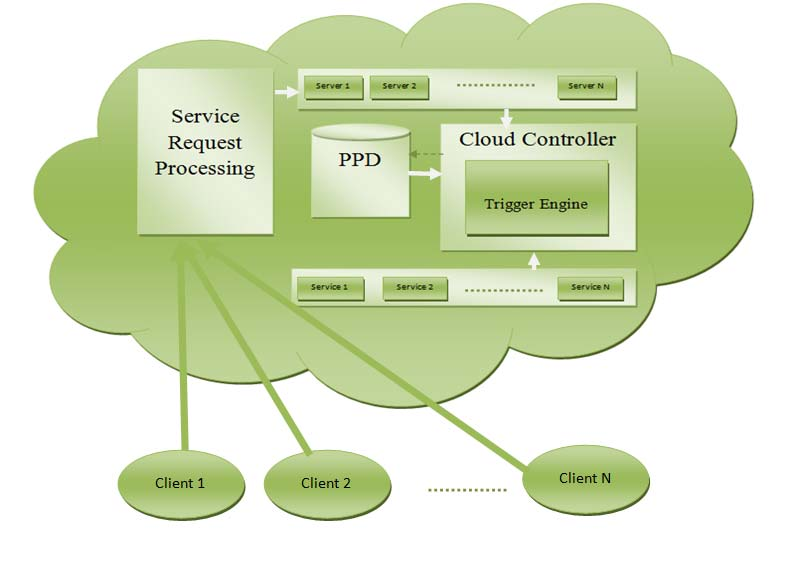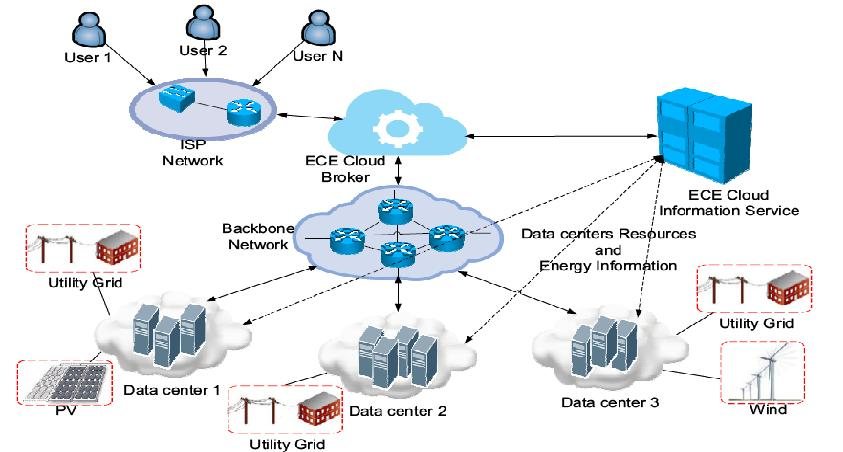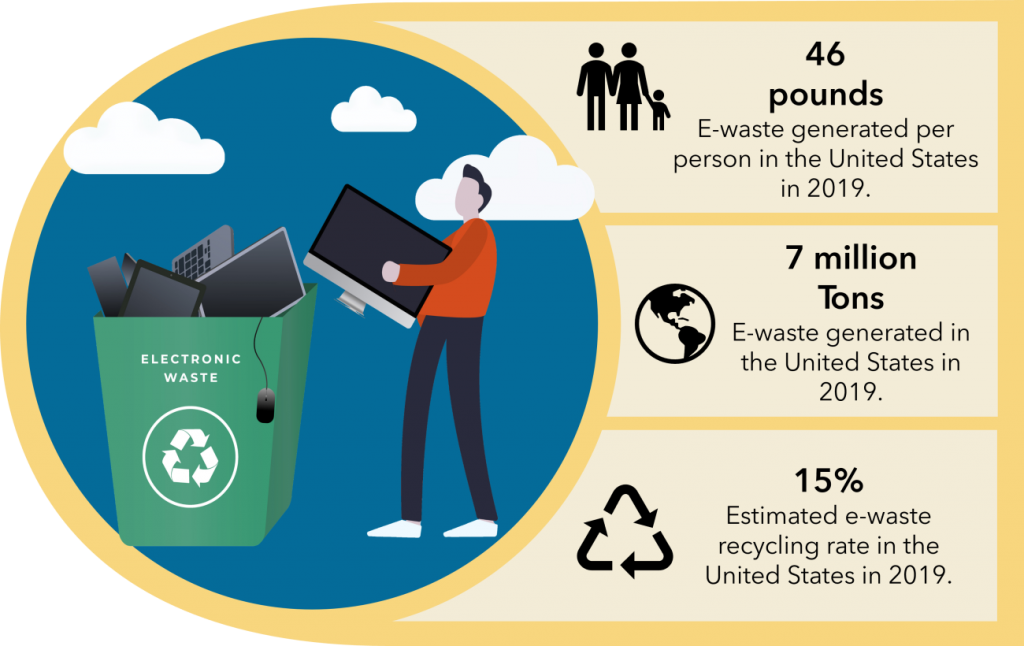In the era of the digital revolution, Software as a Service (SaaS) and cloud computing have emerged as primary tools for businesses worldwide. While these technologies offer numerous benefits, they also pose significant environmental challenges.
Let’s delve into the environmental impact of SaaS and cloud computing and the various green initiatives taken by the industry to mitigate these adverse effects.

Main Takeaways
- SaaS and cloud computing significantly contribute to digital pollution and have a substantial carbon footprint.
- The increasing demand for cloud services exacerbates energy and water consumption in data centers.
- The SaaS industry is adopting green practices such as using renewable energy sources and maximizing software efficiency to mitigate environmental impact.
- It’s crucial to critically assess the sustainability claims of companies in the SaaS industry to prevent ‘greenwashing’.
- Major cloud providers like AWS and Google have set ambitious environmental goals, highlighting their commitment to a sustainable future.
Understanding SaaS and Cloud Computing
To truly grasp the environmental implications of SaaS, one must first comprehend its foundational elements, namely, Software as a Service (SaaS) and cloud computing.
SaaS is a software delivery model where instead of downloading software to run on your own computer, you access it via the Internet. Basically, it’s using software that’s hosted on someone else’s servers.
Cloud computing, on the other hand, is a broader concept. It refers to the delivery of different services through the Internet, including data storage, servers, databases, networking, and software, which includes SaaS. So, when you’re using SaaS, you’re also using cloud computing. Platform-as-a-Software (PaaS) and Infrastructure-as-a-Software (IaaS) provide cloud computing services. Companies use them to run their systems, for instance, Salesforce or QuickBooks using AWS, or a B2C like retail platform Maverick Trading using a PaaS.
An Overview of SaaS Pollution Levels
On the surface, SaaS appears to be a green solution. It eliminates the need for physical hardware, reducing the production of electronic waste.
It also enhances energy efficiency, as server resource utilization can be optimized, and idle servers can be put to sleep when not in use. However, it’s not entirely rosy.
SaaS and other internet services contribute approximately 4% of digital pollution. Energy consumption in data centers, primarily from servers and cooling systems, has surged, with a 42% increase in Europe from 2010 to 2018.
In the US, server energy usage in data centers accounts for 1.8% of the nation’s total consumption annually.
Besides energy consumption, SaaS’s water usage can lead to water resource depletion and pollution, highlighting the need for more sustainable operations.
Cloud Computing’s Carbon Footprint
Despite its many advantages, cloud computing leaves a significant carbon footprint from the vast energy consumption of data centers required to power and cool servers.
Each data transaction or storage request utilizes these servers, which are often powered by fossil fuels, contributing to greenhouse gas emissions. As the demand for cloud services increases, more servers are needed, exacerbating the issue.
Additionally, the cooling systems required to prevent server overheating consume substantial amounts of energy. This energy-intensive nature of cloud computing is a stark reminder that while technology may offer solutions, it also presents new challenges.
Hence, it’s critical to recognize and address cloud computing’s environmental impact in the era of green computing.
Green Trends in the SaaS Industry
In response to the environmental challenges posed by cloud computing, the Software as a Service (SaaS) industry is increasingly adopting green trends to mitigate its carbon footprint.
Companies are leveraging energy-efficient data centers and utilizing renewable energy sources, reducing their dependence on fossil fuels. They are also optimizing their software to maximize efficiency, decreasing the energy consumption of servers.
In addition, many are practicing server virtualization, a technique that allows multiple applications to run on a single server, reducing the number of physical servers needed.
Furthermore, SaaS providers are promoting remote work, which reduces the commuting-related emissions of their employees. These green trends not only contribute to the sustainability of the SaaS industry but also help to create a cleaner environment for future generations.
Tools for Efficient Sustainability Efforts
To effectively manage and reduce their environmental impact, SaaS companies are turning to innovative tools that facilitate efficient sustainability efforts. These tools range from software for tracking emissions to platforms for optimizing energy usage.
Here are some key tools and strategies they are using:
- Carbon accounting software tracks and measures a company’s greenhouse gas emissions, helping to identify key areas for improvement.
- Energy management systems optimize power consumption, reducing both costs and environmental impact.
- Data center infrastructure management tools help monitor and control energy usage in data centers.
- Green certifications, like ISO 14001, signal a company’s commitment to environmental management.
- Cloud-based automation tools can streamline processes, thereby reducing unnecessary energy waste.
These tools and strategies enable SaaS companies to lead the way in sustainable business practices.
The Importance of Green Practices in Cloud Computing

The digital sector contributes significantly to global emissions, and cloud computing could double this impact by 2025. Incorporating green practices is an effective way to help reduce these emissions.
Cloud computing can be more efficient than on-premises technology. The shift to the cloud may prevent the emission of over 1 billion metric tons of CO2 by 2024.

However, it’s important to remember that cloud services still rely on physical infrastructures, like data centers, which consume large amounts of energy and water.
Adopting green practices in the cloud isn’t just about reducing environmental impact. It’s also about ensuring long-term sustainability in the era of digital transformation.
E-Waste and Cloud Computing

With the boom in cloud computing, there’s a growing concern over electronic waste, or e-waste, originating from outdated or discarded hardware components.
As businesses migrate to the cloud, they often discard older equipment, contributing to the global e-waste problem. Moreover, the rapid innovation in cloud technology necessitates regular updates of hardware in data centers, further exacerbating the issue.
E-waste can have detrimental effects on the environment, as it typically contains hazardous substances like mercury, lead, and cadmium.
When improperly handled or disposed of, these materials can leak into the environment, causing harm to both human health and ecosystems.
These potential hazards emphasize the critical importance of proper e-waste management and biohazard cleanup and disposal during the transition to cloud computing.
Cloud providers must implement robust recycling and disposal processes to mitigate these impacts. Additionally, designing for longevity and repairability in hardware could significantly reduce e-waste.
Scrutinizing Sustainability Claims
As companies strive to integrate green practices into their cloud operations, it’s becoming increasingly important to critically assess their sustainability claims.
They are under pressure to prove that they’re not merely ‘greenwashing’, a term for marketing spin that misleadingly presents an organization as environmentally friendly.
While major cloud providers like AWS and Google have set ambitious sustainability targets, the ability to measure and validate these efforts remains nascent. Consumers and watchdogs must scrutinize these claims, ensuring they are backed up by tangible action.
As the demand for cloud services drives the expansion of data centers, companies must prioritize genuine sustainability, not just in energy use, but also in areas like water conservation and waste management.
Future Goals of Major Cloud Providers
Major cloud providers, aware of the increasing e-waste issue, have now set ambitious sustainability goals for the near future.
- Amazon Web Services (AWS) aims to be water-positive by 2030, meaning they will return more water to the environment than they consume.
- Google Cloud has set a similar timeline to operate on carbon-free energy. This means they are striving to reduce their carbon footprint to zero by sourcing energy from renewable sources.
However, these goals aren’t without challenges. Measuring and validating sustainability efforts in cloud computing is still in its early stages.
Furthermore, the rapid expansion of data centers, driven by increasing demand for cloud services, poses a significant hurdle.
Despite these obstacles, these companies are committed to leading the way toward a sustainable cloud.
Environmental Certifications for SaaS Providers
Many SaaS providers actively work to minimize environmental impact and often seek certifications to validate their sustainability efforts. Here are some of the most common certifications that show a SaaS provider’s commitment to environmental responsibility:
- ISO 14001: The ISO 14001 certification focuses on effective environmental management systems. SaaS providers with this certification have implemented procedures to manage their environmental impact and continuously improve their sustainability practices.
- Green Building Standards (LEED): Some data centers operated by SaaS providers are LEED-certified, meaning they meet standards for energy use, water efficiency, and overall environmental impact. This certification helps reduce a facility’s carbon footprint, indirectly lowering the environmental impact of the SaaS products hosted there.
- Energy Star Certification: Many SaaS providers pursue Energy Star certification for energy-efficient operations. This designation indicates that a company’s facilities or equipment meet strict energy efficiency guidelines, which can help reduce greenhouse gas emissions.
- CarbonNeutral Certification: SaaS companies can achieve CarbonNeutral certification by measuring and offsetting their carbon emissions. This certification assures the company is committed to achieving a net-zero carbon footprint through offsetting programs.
- B Corp Certification: Some SaaS companies also hold B Corp certification, a broader sustainability designation that requires meeting high standards of social and environmental performance, accountability, and transparency.
Conclusion
While advancements in technology have revolutionized our lives in countless ways, it’s essential to be mindful of their environmental footprint.
As we navigate through this digital era, industries must prioritize sustainable practices, aiming not only for efficiency and innovation but also for the preservation of our environment.
It’s evident that while there are many hurdles to overcome, industry leaders are dedicated to fostering a sustainable future. As consumers, it’s equally our responsibility to hold these companies accountable for their sustainability claims.






















Leave a comment!